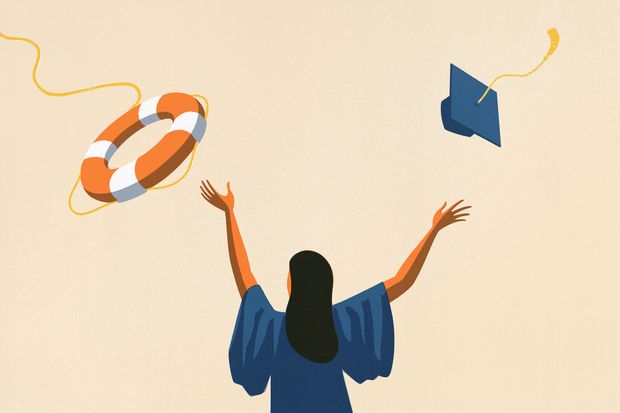All About Student Loan You Should Know(5)

Income-based principled repayment plans
If students have high loan debt, but their income is appropriate, they may be eligible for the right to participate in the Income Foundation Principle Repayment Program (IBR). Most of the major types of federal student loans, with the exception of parent plus loans, apply to the IBR. The loan is pardoned if the income-based principled repayment plan provides 15 per cent of annual disposable income for up to 25 years.
Student Loan Pardon
Federal student loans and some private student loans can pardon bankruptcies if you experience "unnecessary hardship." Credit card debt, by contrast, can be excluded from bankruptcy proceedings; The judicial nature of the standard of improper hardship varies from jurisdiction to jurisdiction, but is generally difficult to achieve, as student loans are rarely granted to the insolvency victim.
While federal student loans can be pardoned if you are permanently disabled, bankruptcies resulting from private student loans cannot be included.
The rules of full and permanent disability amnesty, as a result of the Higher Education Opportunity Act, underwent a major change in 2008. Lenders no longer need any income guarantees, but due to disability, the standard is to avoid "a large number of paid activities" (SGA). The new regulations came into effect on 1 July 2010.
Criticism of the U.S. Student Loan Program
The federal student loan program has been criticized for never adjusting interest rates because of risk factors, nor for controlling (type) of students, such as subject selection. Critics argue that such loans, which lack basic risk assessments, result in misallocation of higher education resources and less efficient productivity in the labour market. Recent studies, however, have shown that high levels of student loan debt, coupled with high default rates, pose (indeed) challenges for some individual student loan borrowers, but they do not necessarily place a greater burden on society.
After the passage of the 2005 Bankruptcy Reform Act, federal and private student loans (changed to) could not be exempted from individual bankruptcy cases (the bill was previously passed, only federal student loans could not be waived from individual bankruptcy cases). This provides a credit-free loan to lenders, averaging 7% a year. In January 2013, the "Fairness Act" was introduced after a hard-fought. If passed, the bill would again allow private student loans to be exemptfrom from personal bankruptcy.
In 2007, Andrew Cuomo, New York's attorney general, discussed lending practices and investigated the relationship between anti-competitive student loan institutions and universities. Specifically, many universities are accused of earning higher interest rate returns from "preferred lenders" of student lenders. These "preferred lenders" are suspected of bribing university financial aid workers through back doors. This has led to a change in lending policy, and at many prestigious American universities, many universities have also given back millions of dollars in (overcharged) fees to affected lenders.
The biggest lenders, Sallie Mae and Nelnet, have been heavily criticised. They often find themselves (needed) involved in litigation, the most serious of which was in 2007. The representative of the false claims lawsuit, the federal government's education researcher, Dr. Jon Oberg, filed the lawsuit against Sallie Mae and Nelnet and other lenders. Mr. Oberg argues that overcharged loans defrauded the U.S. government and taxpayers of hundreds of millions of dollars. In August 2010, Nelnet was convicted and paid $55 million.
The New York Times recently commented on the recession and widespread increases in tuition fees at colleges and universities, which have led to the bankruptcy of private students after loans from colleges and universities.
In June 2010, Americans had more student loan stakes than Americans held with credit card debt. At the moment, student loan debt totals at least $830 billion, about 80 percent of which is federal student loan debt and 20 percent is private student loan debt. In October 2011, the total amount of debt owed by student loans exceeded $1 trillion.







